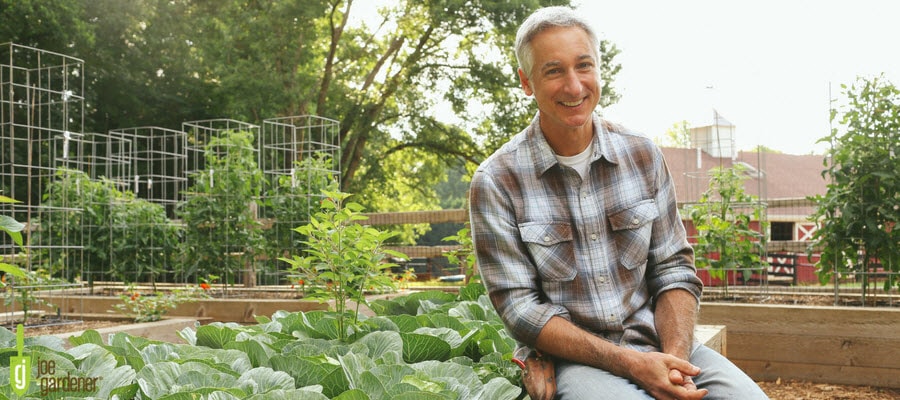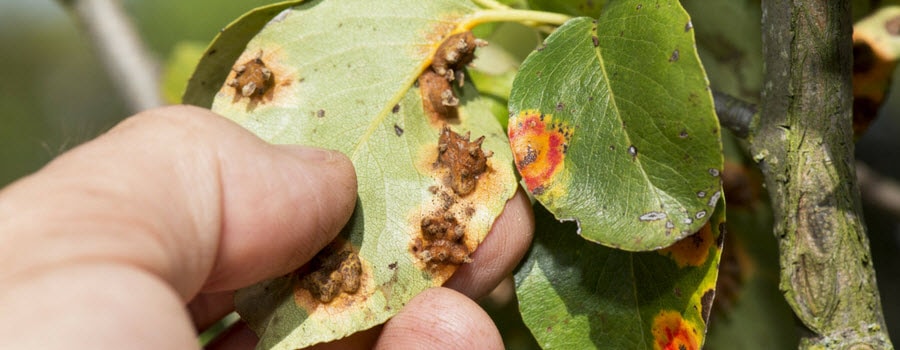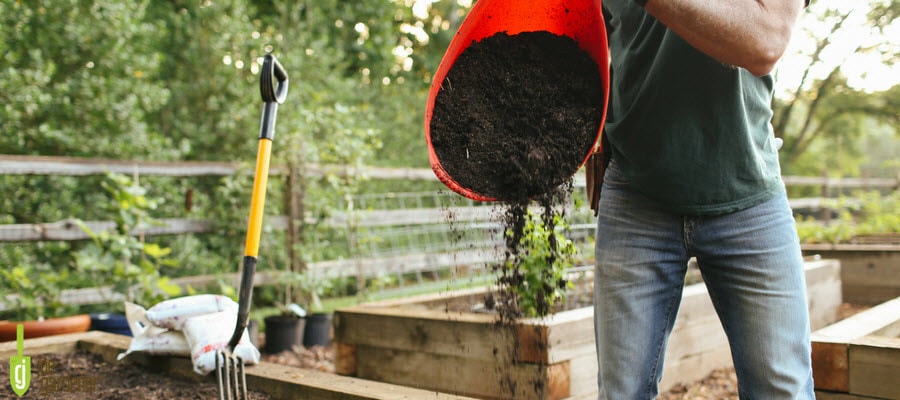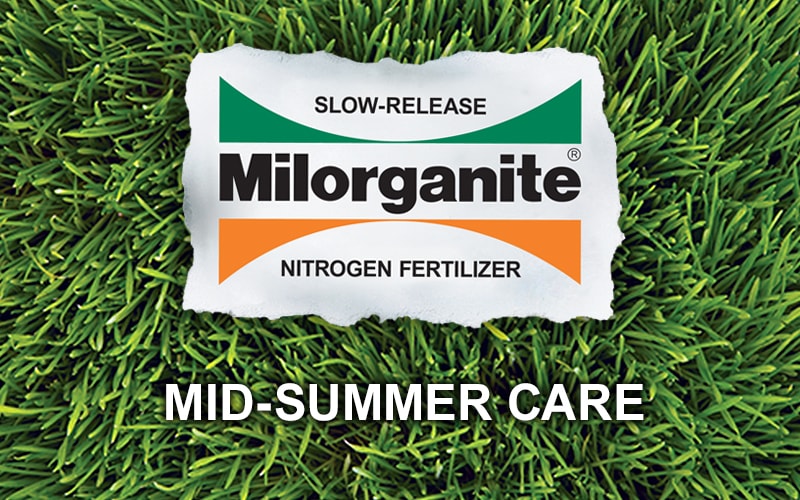Three Keys to Keeping Your Lawn & Garden Growing Strong in Summer
- Gardening Expert and Host of Growing a Greener World®July 7, 2018
By mid-summer, the garden is growing strong, the lawn has greened up, and the flowers are in full bloom. To be sure, there is plenty to celebrate. Yet, along with progress, there is maintenance. Chances are, by now, you are not the only one enjoying your lawn and garden. Insect pests have found it too, and they love it just as much. You make note, and tell yourself you need to keep an eye on that.

With and without insects, diseases follow. It’s subtle at first. Just a few spots on a few leaves. Nothing much to worry about yet, you tell yourself. You add a mental note-to-self to keep an eye on that too.
The reliable rain showers of spring have now yielded to an occasional afternoon shower at best—rarely enough to provide our now thirsty plants what they need without our intervention. You check the forecast and hope that “chance of rain” comes to fruition, right over your house, since you know there is little time to water everything on your own.
Leaving things to chance, especially around your garden and landscape is asking for trouble. The very reason we tend not to act is the very reason we must act now, proactively, before the little things become big ones. If you think you didn’t have time to act early, you certainly won’t have time a few weeks later when there’s even more to do.
I can’t emphasize enough the importance of taking a proactive approach to early and mid-season care of your overall landscape.
Take these three steps early and often to keep your lawn and garden looking its best.
1) Maintain vigilance when scouting for pests and diseases.
Placing a high priority on getting out into your garden and landscape is paramount to preventing future problems. Keeping your finger on the pulse, every day if possible, will alert you to subtle but important changes. These are easy to react and respond to before things get out of hand.

It’s like preventing a house fire because your smoke alarm detected signs of trouble early. You still had time to react. Your eyes are the smoke detector of the garden. Don’t discount the importance of your role in preventing flare-ups that can lead to more.
The key to keeping pests and diseases from becoming something that requires a much more aggressive approach is to definitely stay ahead of the problem. By disrupting the life cycle and removing the problem from the garden, you reduce the chance of it spreading. Proactively staying in touch with the day-to-day changes in your garden is what frequent hand washing is to reduce the chances of getting sick.
2) Feed your lawn and plants while actively growing.
From plants to people, active growth requires energy, nutrients, and a balanced diet to sustain optimal conditions. Living organisms are consumers of food and nutrients, not producers. For us, a healthy diet is important to keep our bodies going strong. For our plants and lawns, we need to make sure to provide a way to replace what’s being consumed from the soil.
Fast acting, water-soluble fertilizers are effective at getting those nutrients there. But, what isn’t taken up quickly is gone forever. Consequently, repeated applications are necessary to keep the nutrients coming. That’s not good for you, the plants or the environment.
My method of choice for delivering nutrients for all things green under my watch is a slow-release organic alternative. At home, I make my own compost and use it often as a nutrient replacement and soil amendment. I love it and it works well. The only problem; I never have enough.

Fortunately, there are other options. Non-burning, and slow release, Milorganite is a good option for delivering important nitrogen (organically) and iron. I use it on my lawn and around all my plants and trees. For a quick liquid boost in my vegetable garden, fish emulsion and seaweed extract are handy options that are high in nitrogen.
Bone meal and feather meal are good organic phosphorus options which help promote root growth, flowering, and fruiting.
3) Water deeply but infrequently.
When we water only for brief periods, even with frequent applications, it’s rarely enough to get water where really needs to go. Much is lost to evaporation. Roots grow where they must to access water. With only shallow watering, that’s not far. In times of drought, you don’t want the bulk of plant roots at the surface.
For staying power, deep, infrequent watering trains roots to go deep too. In times of drought, or when you’re not around to do the work, plants with deep roots will be able to access water easier than ones with roots growing mostly at the surface.


